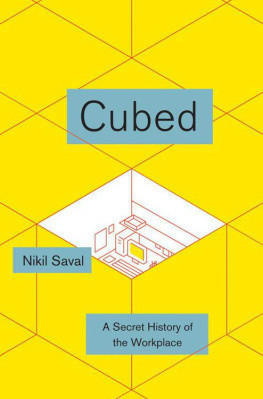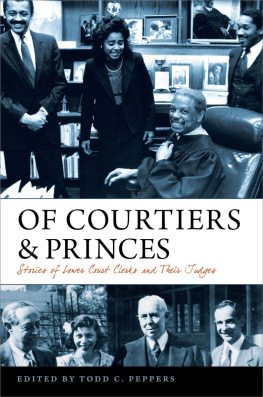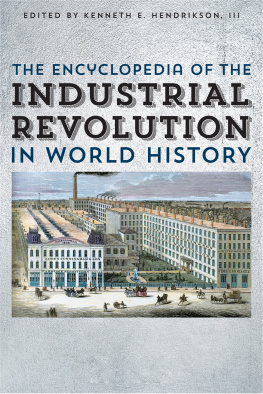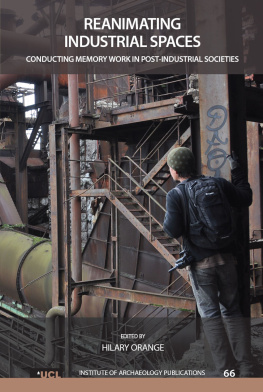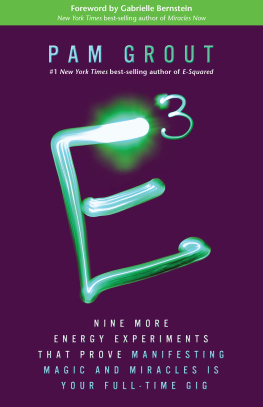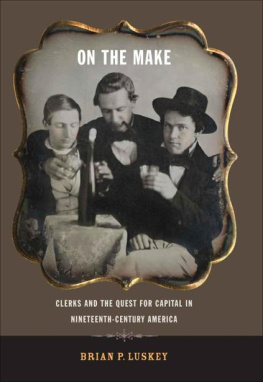Copyright 2014 by Nikil Saval
All rights reserved. Published in the United States by Doubleday, a division of Random House LLC, New York, and in Canada by Random House of Canada Limited, Toronto, Penguin Random House companies.
www.doubleday.com
DOUBLEDAY and the portrayal of an anchor with a dolphin are registered trademarks of Random House LLC.
Portions of this book appeared in different form as Birth of the Office in n +1, issue 6 (Winter 2008).
Jacket design by Oliver Munday
Library of Congress Cataloging-in-Publication Data
Saval, Nikil.
Cubed : a secret history of the workplace / Nikil Saval.
pages cm
Includes bibliographical references and index.
1. OfficesHistory. 2. ClerksHistory. 3. Office managementHistory. 4. Office layoutHistory. 5. Office buildingsHistory. I. Title.
HF5547.S336 2014
651.09dc23 2013037635
ISBN 978-0-385-53657-8 (hardcover)
ISBN 978-0-385-53658-5 (eBook)
v3.1
| For Shannon |
I have known the inexorable sadness of pencils
Theodore Roethke, Dolor
ESTEEMED GENTLEMEN ,
I am a poor, young, unemployed person in the business field, my name is Wenzel, I am seeking a suitable position, and I take the liberty of asking you, nicely and politely, if perhaps in your airy, bright, amiable rooms such a position might be free. I know that your good firm is large, proud, old, and rich, thus I may yield to the pleasing supposition that a nice, easy, pretty little place would be available, into which, as into a kind of warm cubbyhole, I can slip
Robert Walser, The Job Application
Contents
The Clerking Class
The Birth of the Office
The White-Blouse Revolution
Up the Skyscraper
Organization Men and Women
Open Plans
Space Invaders
The Office of the Future
The Office and Its Ends
INTRODUCTION
B ecause the footage comes from a security cam, the images are grainy and silent, the perspective fixed. We are in a recognizable scene: a cubicle farm, with workers crammed next to each other, all staring at their computers, in a tiny, fluorescent-lit space. A man in a shirt and tie sits at his desk while a co-worker crouching next to him collects papers from a file cabinet. Time passes with little else happening until the crouching man suddenly grabs the sheaf of papers and hurls it at his colleague. The colleague backs away as the man lifts up his hulking computer monitora cathode ray behemoth from another timeto send it careening to the next cubicle over, where it crashes into the corner of a desk before tumbling to the floor, exhaling smoke. With self-possession and eerie calm, the man collects more papers from the floor before aiming and snapping his arm as he slingshots them at transfixed colleagues farther away, the pile fluttering into the air like oversized confetti. He gets up on a desk and begins kicking at the thin partitions that grid the room, bending them out of shape. Two co-workers hiding behind a corner record the scene with cell phone cameras as the man, prowling the room, lithe and balletic in his rage, secures a large stick from behind a desk and quickly lights into the copy machine. At last one of the other employees works up the temerity to grab the stick from him and wrestle him down to the ground. Disarmed, pinned to the carpet, he is incapacitated by a Taser. In the last images, we see him fetal, writhing, clawing at his stomach, his collar, his tie.
Security Cam Footage of Cubicle Rage to the Extreme Is Every Cube Dwellers Fantasy, read the Gizmodo post from June 2008 linking to the video. Over time, as the original footage went viral, one of the cell phone cameramen would post his video too: with sound and color, it better conveyed the sickly, toothpaste green of the walls, the shrieks of the onlookers amid the flurry of white papers, and the pain and exhilaration of the man in the last minutes of his revolt. Yet nothing could top the original security-cam video for its panoptic view of the office from above: how recognizably cramped it looked; how obvious were the conditions and potential for this rage. This dude rocks, ran the first comment. He really knows how to live. His cellmates shouldve joined in the rebellion. Inevitably, after it had been viewed millions of times, some would charge that the video was fake (who doesnt have a flat-screen LCD monitor these days?), but, authentic or not, the video struck a nerve. Common among the sentiments, whether pro or con, was this, from a blogger: Deep down every employee wants it to be real.

In 1997 Steelcase surveyed cube dwellers and found that 93 percent of them would prefer a different workspace. A 2013 study from two University of Sydney researchers indicates that little has changed: the cube-ists (about 60 percent of office workers) expressed the highest rates of unhappiness with their work setup. (People with closed doors were unsurprisingly the most satisfied of the bunch.) This dissatisfaction with office spaces and office life more generallythe myriad aggravations, small ironies, larger defeats, and modest victorieshas been seeping into the broader culture for years. In the film Office Space, a trio of disgruntled tech employees take out their frustration at their companys downsizing by annihilating the office printer with baseball bats and dropkicks. (You can find dozens of amateur remakes on YouTube.) In the novels Personal Days by Ed Park and Then We Came to the End by Joshua Ferris, proper e-mail etiquette becomes the subject of quasi-academic debate, and the highlight of a typical day is discovering that free bagels have been left over from a breakfast meeting. Both novels are narrated by an impersonal we, the better to capture the passive conformism and bland anonymity of the contemporary white-collar landscape. The original British version of The Office (now remade in the United States, France, Germany, Quebec, Israel, and Chile, with Swedish and Chinese versions in the works) had one character torment the other by encasing his stapler in a Jell-O mold. Meanwhile, the Danish author Christian Jungersens worldwide best seller The Exception took the concept of office politics to the extreme by having office workers seem to plot against and murder each other.

Destroying the printer of oppression in Office Space (1999). Photofest
Above all, of course, weve had Dilbert, a comic strip that converted fungible dullness into concise, portable office satire. Appropriately enough, the original Dilbert comic grew into a small franchise, which soon became a clich fixture of the very office environment that it satirized so well, with ubiquitous desk calendars, coffee mugs, mouse pads, and plush toys (all available in the online stores Cubeware section). As bleak as Dilbert sometimes was, running through all of it was a simple, even humanist sentiment, most succinctly expressed by one of the characters in Office Space: Human beings were not meant to sit in little cubicles staring at computer screens all day.

